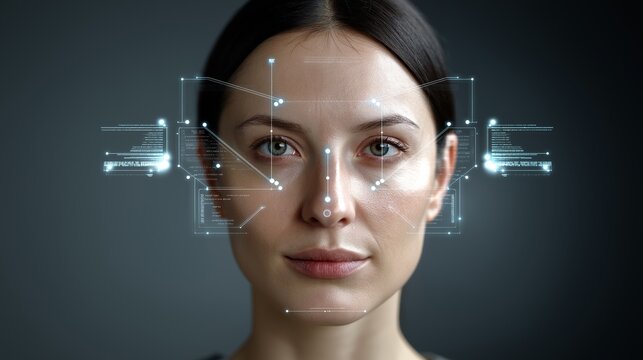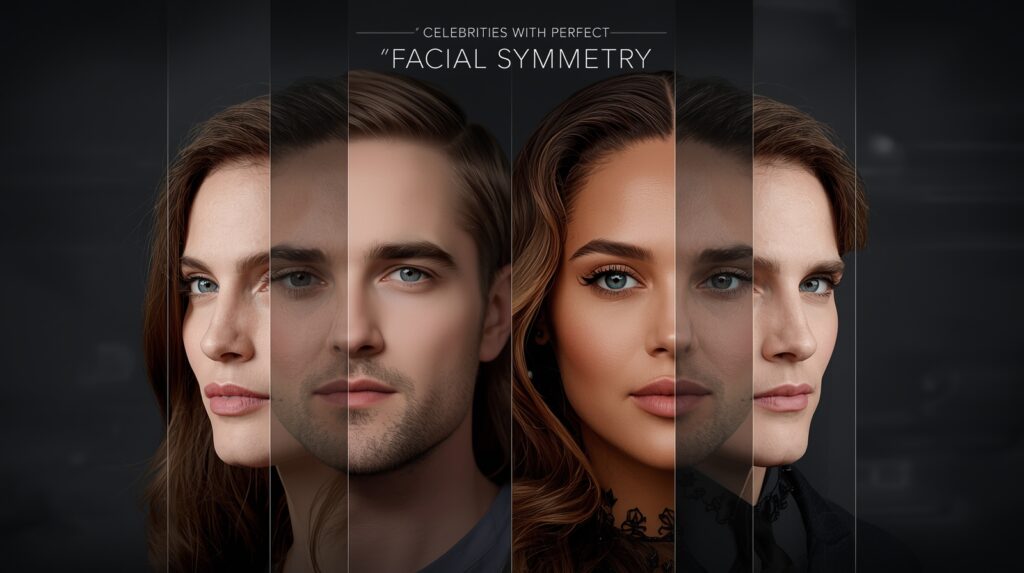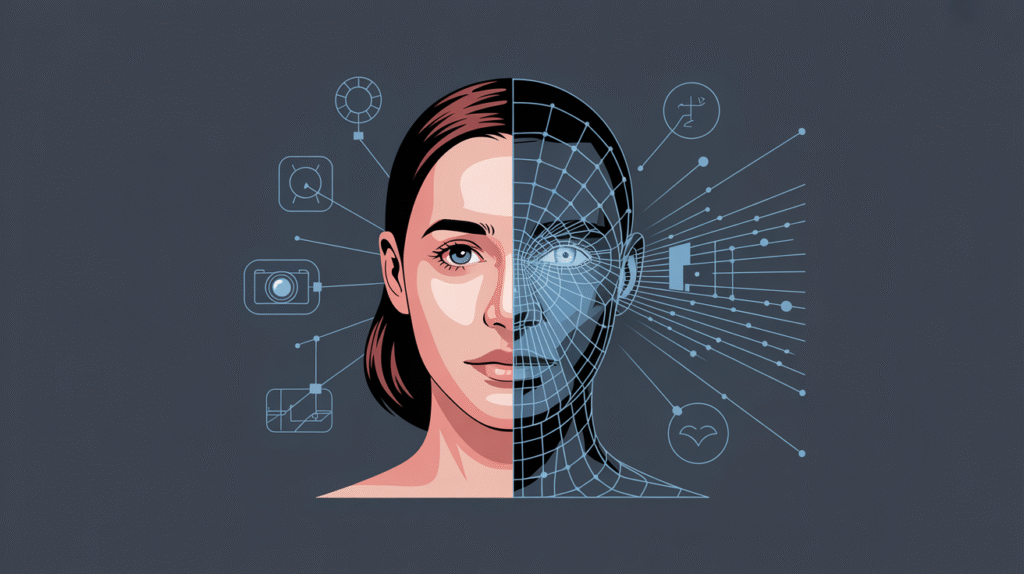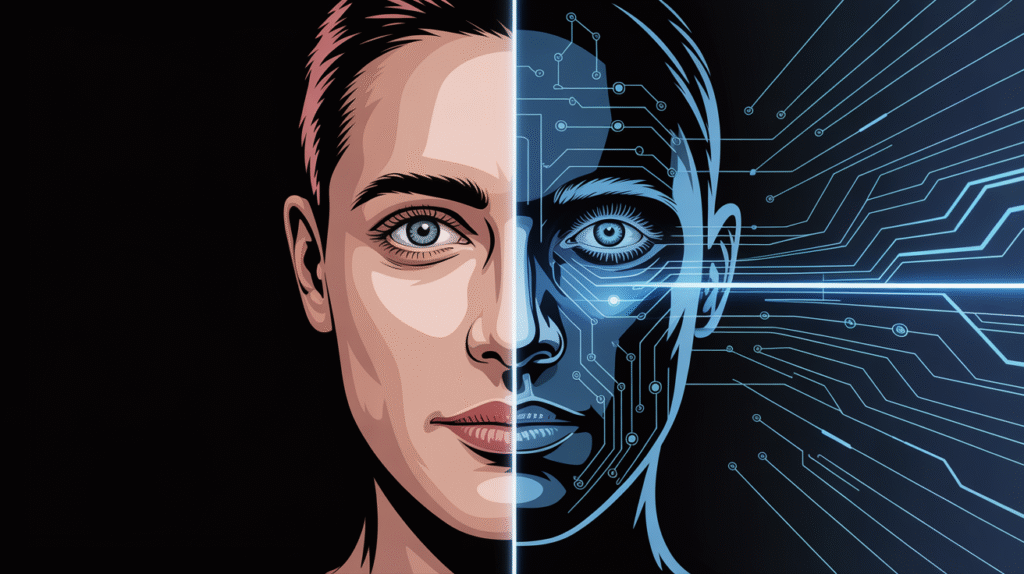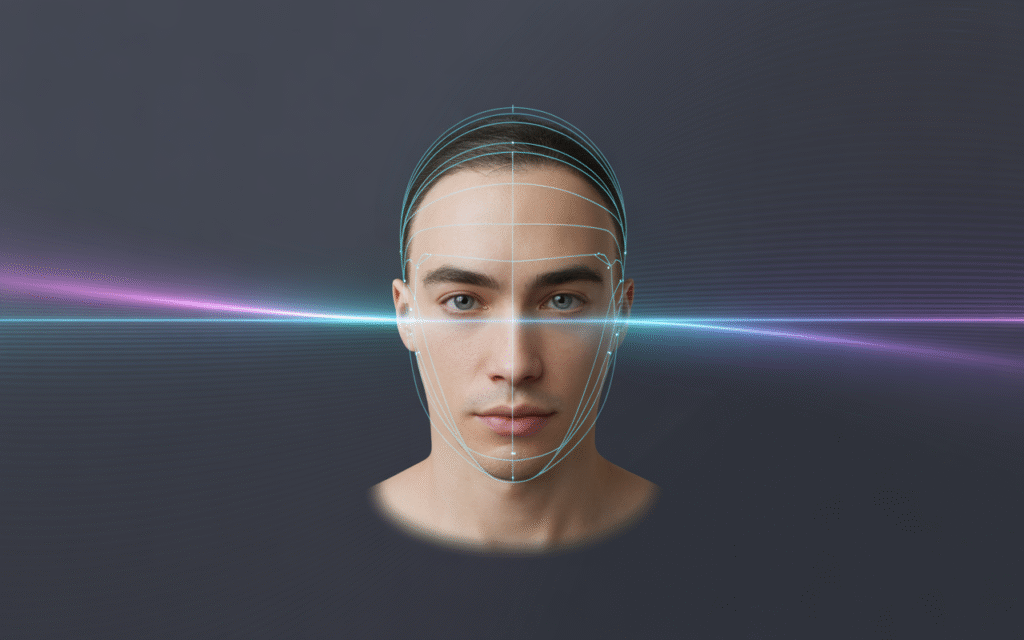Face Symmetry Test
Instant symmetry score powered by ML
A Special AI-powered analyzer for instant,
accurate analysis of your face symmetry.
What is a Face Symmetry Test?
Your Attractive Heading
How FaceSymAI Detects Facial Symmetry
At FaceSymAI, we use advanced AI technology to deliver accurate and reliable facial symmetry analysis. Our process is designed to evaluate your unique features with precision, providing insights in just a few seconds.
Step 1: Face Recognition
Our AI system scans and detects your facial landmarks, creating a digital map of your face. This ensures every detail from eyes to jawline is carefully identified.
Step 2: Symmetry Analysis
Using cutting-edge algorithms, the tool compares the left and right sides of your face, detecting even the smallest differences in alignment and proportions.
Step 3: Feature Comparison
The system evaluates key features, including eyes, nose, lips, cheekbones, and overall face shape, to determine how symmetrical your face is.
Step 4: Results Generation
Once the analysis is complete, you’ll receive an easy-to-read symmetry score and insights that highlight your balanced and unique features.
Key Tips for Effective Facial Symmetry Exercises
Improving facial balance isn’t just about technology—consistent facial exercises can naturally strengthen and tone your muscles, helping you achieve a more symmetrical look. Along with our AI face symmetry test, these exercises can support overall facial harmony.
Embrace Natural Movements
Simple actions like yawning or smiling engage multiple muscles at once, reducing strain while enhancing comfort and results.
Focus on Muscle Engagement
Practices such as puffing cheeks or resistance exercises improve tone, balancing both sides of the face.
Improve Lip Mobility
Gentle lip stretches activate underused muscles, adding fullness and symmetry to your appearance.
Prioritize Comfort
Exercises shouldn’t be painful. Comfort ensures consistency, which is key for long-term improvement.
Stretch for Balance
Neck and jaw stretches relieve tension, improve posture, and support overall facial muscle health.
Care for Your Eyes
Eye rotations and blinks reduce strain, supporting both eye health and facial aesthetics.
Frequently Asked Questions
Get answers to the most common questions about our Face Symmetry Ai.
Our Blog
Insights and tips to help you master your facial balance
